I want to create a basic LSTM network that accept sequences of 5 dimensional vectors (for example as a N x 5 arrays) and returns the corresponding sequences of 4 dimensional hidden- and cell-vectors (N x 4 arrays), where N is the number of time steps.
How can I do it TensorFlow?
ADDED
So, far I got the following code working:
num_units = 4
lstm = tf.nn.rnn_cell.LSTMCell(num_units = num_units)
timesteps = 18
num_input = 5
X = tf.placeholder("float", [None, timesteps, num_input])
x = tf.unstack(X, timesteps, 1)
outputs, states = tf.contrib.rnn.static_rnn(lstm, x, dtype=tf.float32)
sess = tf.Session()
init = tf.global_variables_initializer()
sess.run(init)
x_val = np.random.normal(size = (12,18,5))
res = sess.run(outputs, feed_dict = {X:x_val})
sess.close()
However, there are many open questions:
- Why number of time steps is preset? Shouldn't LSTM be able to accept sequences of arbitrary length?
- Why do we split data by time-steps (using unstack)?
- How to interpret the "outputs" and "states"?

